Have A Wonderful Trip To Co Loa Citadel – The Historical Site In Vietnam
Co Loa citadel was erected in 208 BC and continues to inspires plenty of visitors. Currently, the relic has a conservation planning area of 830ha. Co Loa area currently has about 60 relics (including 7 national monuments), various types of architectural and artistic relics, and historical, revolutionary, and archaeological sites.
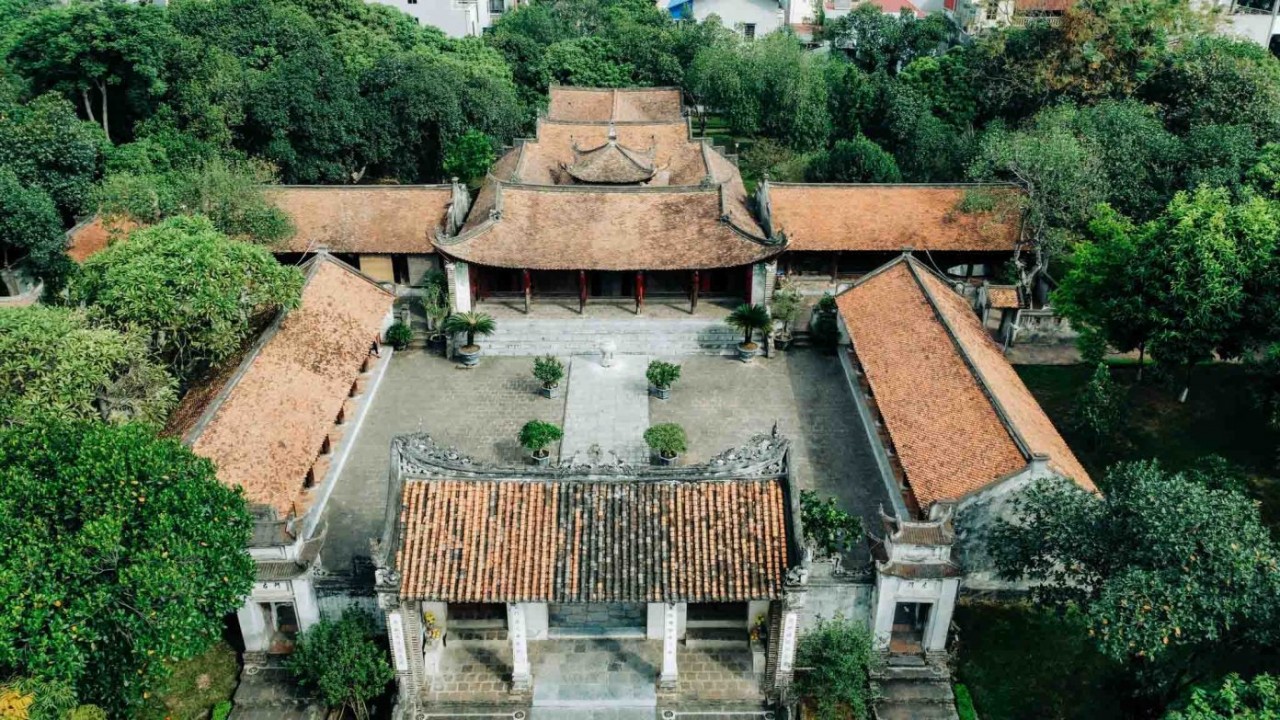 |
| Photo: Vuong Loc |
Co Loa relic is one of 10 historical architectural monuments, art, and scenic spots in the country that were decided by the Prime Minister to rank as a special national relic in 2012.
Co Loa relic site also preserves many historical, architectural, and artistic relics, such as An Duong Vuong temple, General Cao Lo temple, princess My Chau temple and Bao Son pagoda, and Thuy – My Chau well.
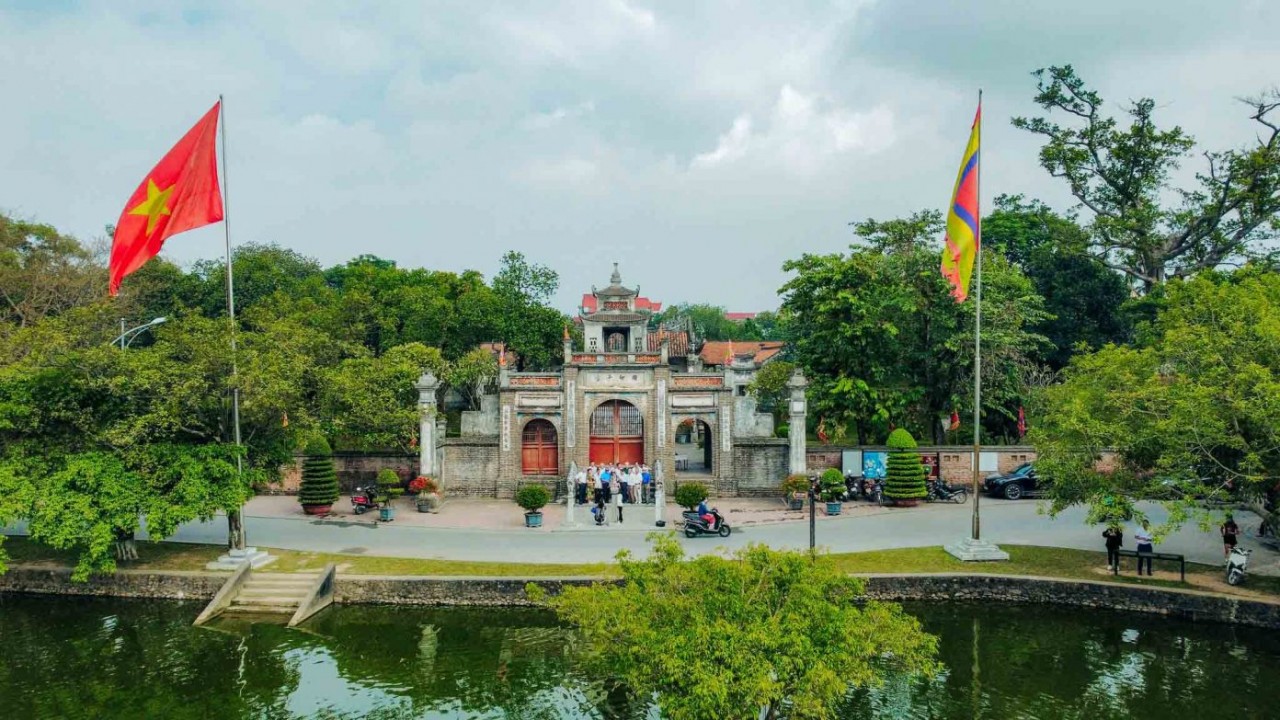 |
| Photo: Vuong Loc |
Co Loa Citadel was built in a spiral-shaped type (hence called Loa citadel – a speaker shape citadel). According to the legend, the citadel has 9 walls and is surrounded by deep moats which could let boats transfer easily. Nowadays, there are only 3 walls left, with a total length of 16 km: the Outer Wall (Thành ngoại) with a perimeter of 8km, the Middle Wall (Thanh Trung) has a polygonal shape and perimeter of 6.5 km and the Central Wall (Thành nội) has a rectangular shape, the perimeter of 1.6 km, used to the residence of King An Duong Vuong with the court, today it’s the place where the temple is built and as well as other historical relics of Co Loa.
It was said that long times ago, the wall was built up simultaneously with the ramparts, and all three walls were surrounded by moats. Located eastward of the wall, the Dam Ca (Main Lagoon) has 5 streams with the purpose of bringing water into the Middle Wall and the Central Wall, creating a closed circle for making comfortable and flexible infantry bases and sailor bases. Today, the walls’ height is 4-5 meters on average, somewhere up to 12 meters high, while the wall base is 20-30 meters wide.
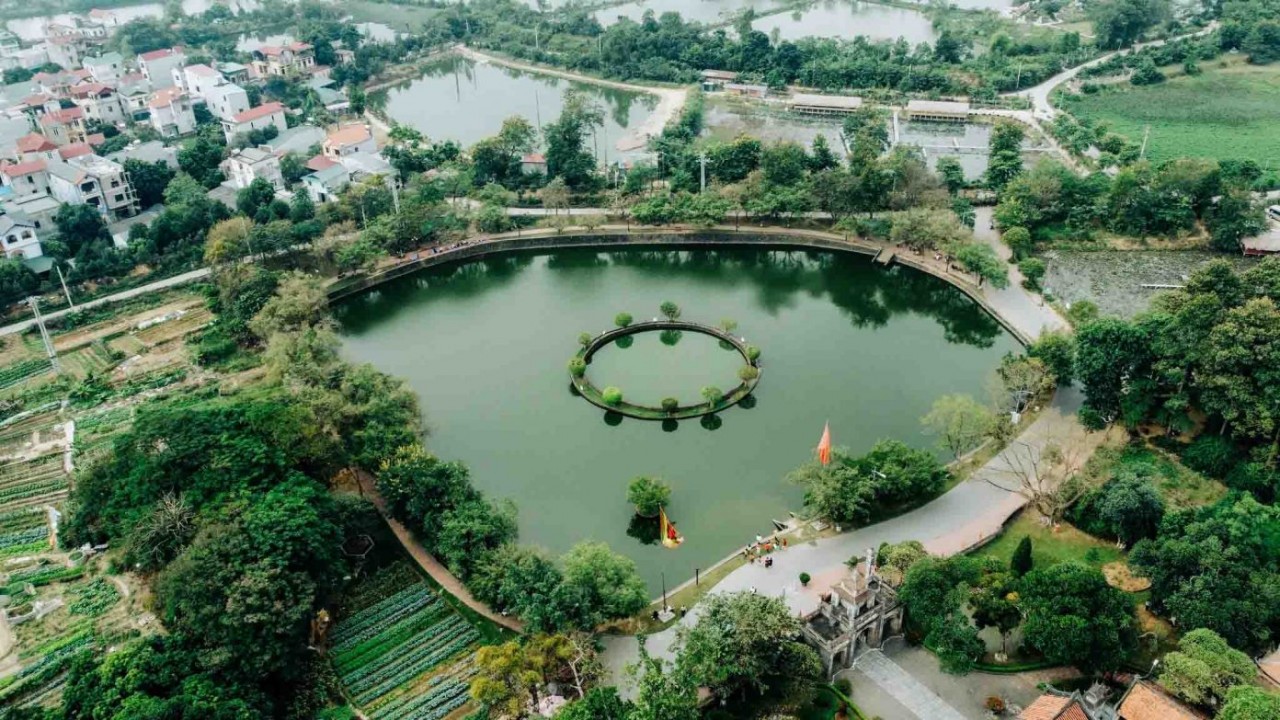 |
| Photo: Vuong Loc |
Traveling to Co Loa historic Citadel Complex, the Thuong Temple (An Duong Vuong Temple) is the most attractive place to visit. It was built in 1687 in Le Hi Tong King’s dynasty, on an old hill that once situated the King’s palace. In front of the temple, there is a dragon stone which is carved very sophisticated, describing a pair of dragons stroking their mustaches vividly. Hence, it becomes the typical icon of sculpture art in the Le dynasty.
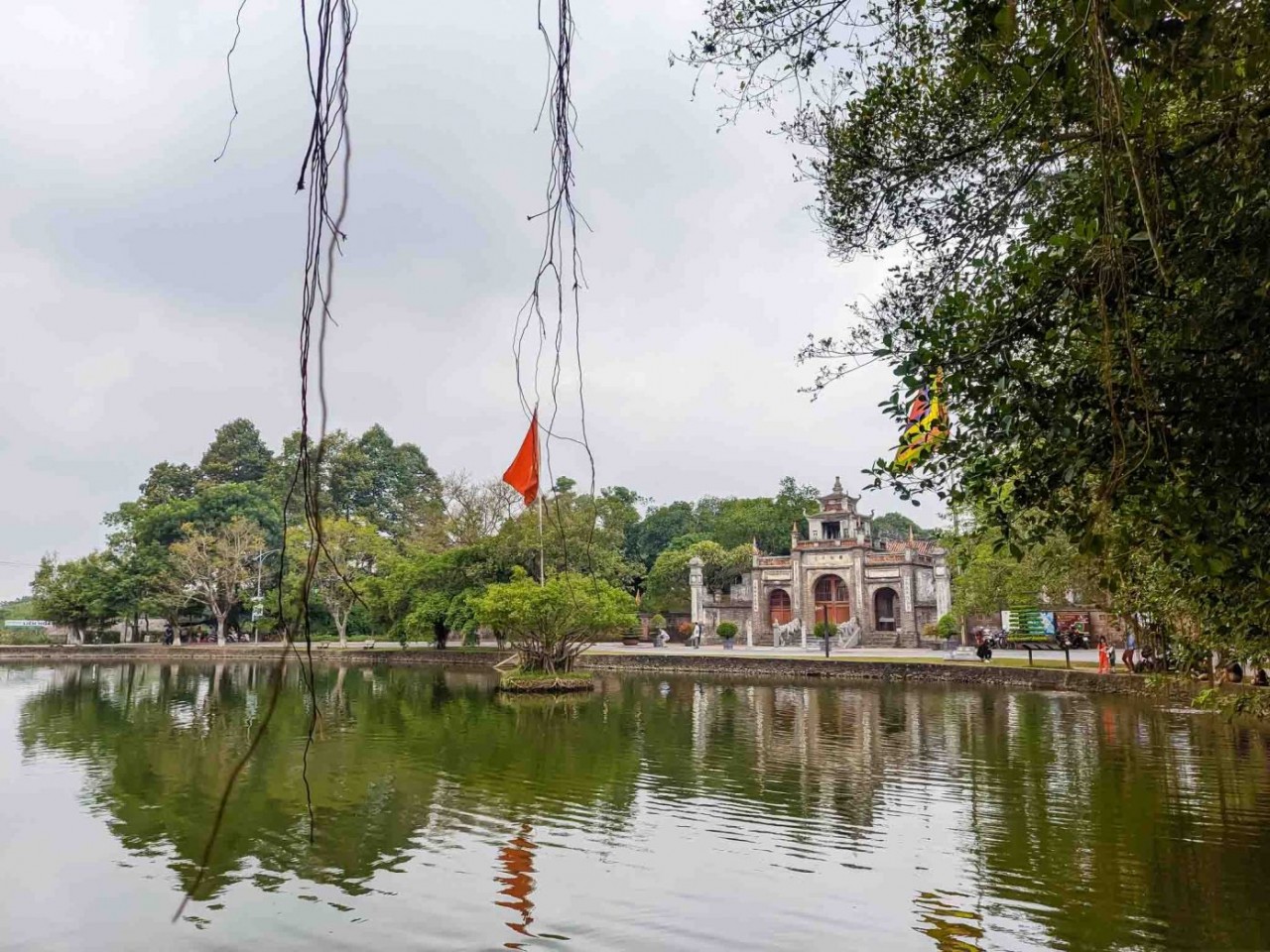 |
| Photo: Vuong Loc |
Around the lake, there are many stone benches for people to sit and rest under the big trees, enjoying the cool and fresh space. At the temple door, there is a pair of stone dragons meandering vividly with the sculpture art of the Le Dynasty.
Nowadays, Co Loa Citadel has not only been a cultural heritage but also lively evidence of the creation, the technical skill as well as the ancient Vietnamese culture in their struggle of protecting Vietnam from its invaders, it also becomes the ideal destination for travelers who want to discover the cultural values, the familiar landscape of a peaceful northern village.
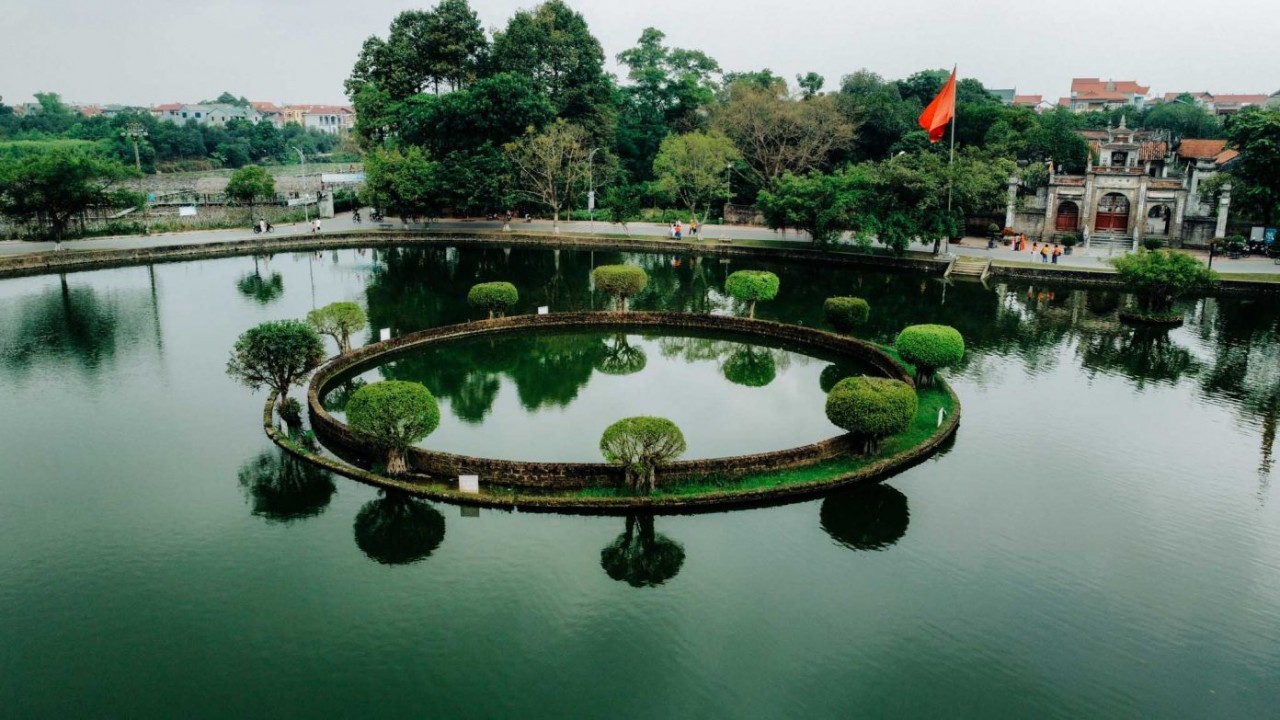 |
| Photo: Vuong Loc |
For the people here, the Co Loa citadel still plays an important role in spiritual life and cultural activities. Every year, on the 6th of the first-month lunar calendar, the Co Loa villagers organize a solemn festival to commemorate those who built up the Citadel, especially to express their great attitude to An Duong Vuong King – the founder of the feudal Au Lac Kingdom. The best way to travel to Co Loa citadel is to take a biking tour and enjoy the peaceful atmosphere and natural landscape of the countryside of Hanoi with moats, rivers, and mounds.
 | Vietnam Earns 14 Awards at Asian Tourism Forum 2023 The four-day ASEAN Tourism Forum 2023 concluded in Yogyakarta, Indonesia on Feb 5, with the theme "ASEAN: A Journey to Wonderful Destinations." Vietnam won a ... |
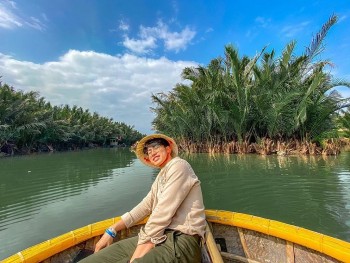 | Top Beautiful Check-in Places in Hoi An Having its very own, unmistakable beauty, Hoi An has always been a famous tourist destination, a must-visit at least once for any domestic or international ... |
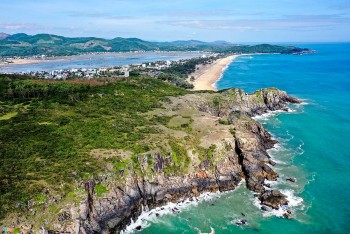 | Amazing Tortoise-Shaped Cliff in Sa Huynh Sea Located in the complex of Sa Huynh cultural relics, Hoc Mo landscape in Duc Pho town (Quang Ngai) shapes like a turtle swimming towards the ... |
Recommended
 Travel
Travel
Strategies for Sustainable Growth of Vietnam’s Tourism from International Markets
 Travel
Travel
Vietnam Strengthens Its Presence On The Global Tourism Map
 Multimedia
Multimedia
Phong Nha-Ke Bang National Park Named Top Adventure Travel Site
 Travel
Travel
Phong Nha Named Top Budget-Friendly Travel Destination for Spring 2025: Agoda
Popular article
 Travel
Travel
Four Indian Films Introduced to Lao Cai Audience
 Travel
Travel
Vietnam to Waive Visas for Citizens from 12 Countries until 2028
 Travel
Travel
Ninh Binh Full-day Tour among World’s Top Experiences: TripAdvisor
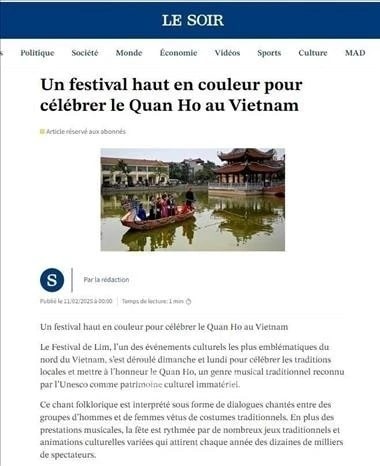 Travel
Travel







